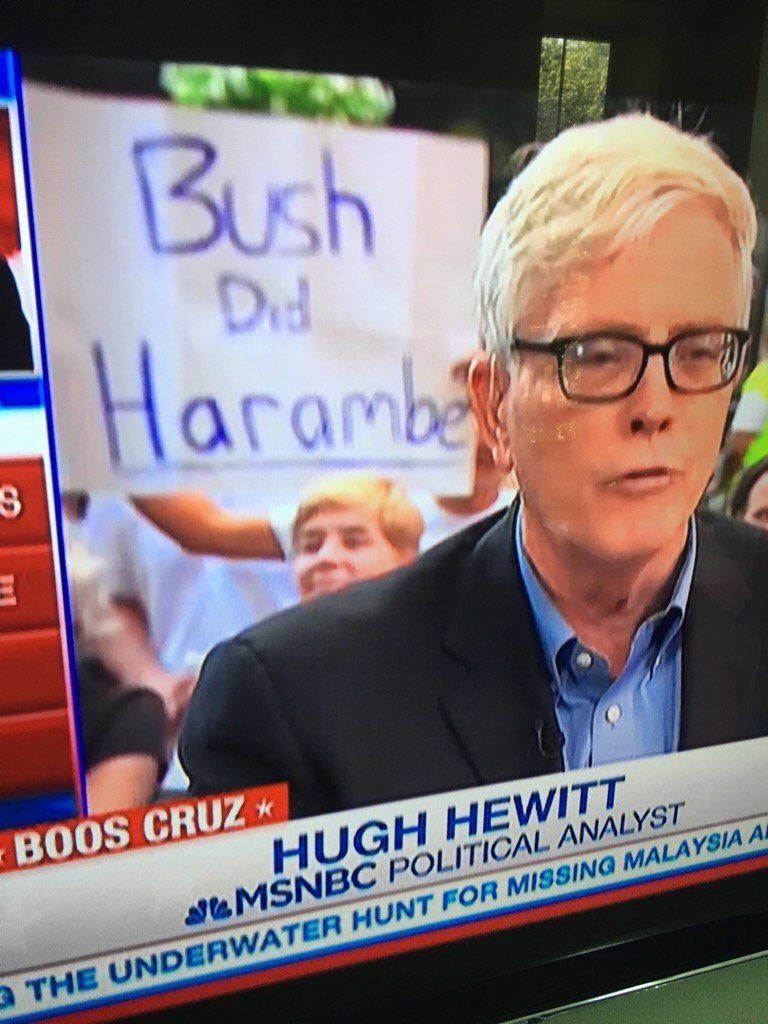7 Timeless Reasons Why & How Content Goes Viral
Remember the Ice Bucket Challenge? Planking? Tebowing?
At one time, these memes crossed the line from obscurity to mainstream. Even though Facebook and Twitter play a huge role in amplifying a challenge or helping memes go viral, the origins of that meme can usually be traced to anonymous social networks, like Reddit and 4chan.
Viral content tends to start in smaller, closed networks (that often don’t use real names or identities). Vine and Snapchat – even Facebook Groups – are other places that bring together smaller, more tightly-knit communities with shared and interests and identity that tends to help incite participation.
The meme or challenge takes off in those environments and eventually break into larger, more public social networks.
These smaller networks allow a message to more easily hit a critical mass internally. Once the meme hits Twitter and Facebook, it’s basically mainstream.
So what makes content go viral? And what makes people participate in these phenomena? There are many factors, but here are seven timeless reasons why (and how) some things go viral while others just die.
1. Smartphones Make it Simple to Participate
It’s incredibly easy for us to shoot and edit pictures and video with our smartphones and share it one to one, or one to many. Fundamentally, the rise of memes/challenges is as much a result of the low barrier to entry as much as it may be any cultural trend.
The inclination to share funny ideas and participate in group activities may have always been present in society, but it was just required a lot more effort than before.
Things have always spread by word of mouth. But now technology essentially amplifies how far word of mouth ideas can spread. Also, it’s no longer limited to words – it’s simple to have imagery and video, too.
2. Emotional Content Triggers Sharing

Although the Internet is a multimedia platform, day-to-day usage is still a kind of passive and internalized reader experience. However, studies have shown that content that is able to trigger emotions tends to be the thing that gets shared.
Similar studies have shown that news (e.g., articles or world news) tends to be shared among similar peer groups with similar knowledge needs. In other words, we don’t share news with just anyone – we share it with the people we know will get the most utility out of it.
That means that some stories may not “go viral” as a form of self-censorship is at play, limiting the potential reach of the content. Yet, equally, other stories may go viral just within a specific community of shared interests (otherwise known as social media “echo chambers”).
However, emotionally resonant content sort of jumps those implicit social and political barriers. Everyone can relate to emotions and share the feelings, so that kind of stuff spreads faster beyond and between social circles.
3. Positive Sentiment Helps Content Go Viral

The same studies have shown that good news spreads faster than bad or news with negative spin or connotations.
Challenges and memes are essentially fun. This positive quality is what makes them a phenomenon today.
In fact, it’s extreme emotion in general that spreads fastest. One could also argue that it’s deep shock and outrage that also leads to cyber bullying or mob mentality, another online phenomenon that is characterized by starting with a viral moment. (I’ve written quite a bit about Chinese “human flesh search engines,” which is an unusual term for an online witch hunt.)
4. It’s About People

Mainstream media can’t easily reproduce these kinds of phenomenon because they are broadcast mediums rather than one to one. People have diverse sets of values they want to reflect, whereas mainstream media has to find the lowest common denominator position.
Mainstream media can’t always reach people virally – certainly not via happiness. They are far more likely to have viral success with images and video of shock and outrage.
Personal values can be shared on one-to-one basis, whereas Mainstream media has to reflect values as a whole. Mainstream media is at the end of the cycle, when the meme has already reached a minimum threshold of virality. But once they get hold of the content, they will massively amplify the most successful story angle.
5. Visuals Are Amazingly Powerful

The combination of video and imagery and one-to-one communication has created the ability for everyone to share emotions more viscerally than anyone could before.
“A picture speaks a thousand words” is as true as ever. Now everyone can create a share a picture, video or GIF to communicate their feelings on this more visceral level.
For instance, a GIF of a sloth handing someone a flower communicates the internal world and experience of friendship and respect so much better than writing it!
When an image or animated gif radically simplifies the message, it is easier for others to share with anybody, such that the meaning of the content and can even cross language barriers.
6. Participation Is In Our DNA
Challenges and slacktivism are similar sides of the same coin. But it does speak to a need for people to participate in their society (in a kind of Rousseau social contract) in a way that most people can’t by, say, voting in elections. That, perhaps, may be a bit too philosophical, but on point nonetheless.
People want to create their society and culture. If politics doesn’t enable their self-expression, we tend toward easier ways to demonstrate and stand for our values – even if they might be trivial beliefs in the grand scheme of things, such as believing “that everybody should smile.”
Put another way, there is a natural tendency towards sharing ideas that powerfully represent our most personal and intimate beliefs.
7. Predictably Unpredictable Random Connections

Anything can go viral. You have to choose your topics wisely, of course, but the risk factors of getting it wrong are in your favor.
With the Ice Bucket Challenge, not everyone was worried about the cause (ALS). It succeeded because it was a really simple idea that was real visceral to understand. Watching those videos, you can “feel” in your mind what it’s like to be doused with cold water. That feeling is so easy to relate to, that it went viral regardless of the message.
But then if you look at something like #22Pushups, which was also about an important cause (veteran suicide prevention), it didn’t go viral in the mainstream. However, the people who took part passionately believed in the cause, and probably also already believed in maintaining a healthy lifestyle (the campaign inspired people to do more than 42 million pushups combined). They took part because it reflected their values – not because it was mainstream.
In the end, the reason for something going viral is often random. And sometimes when people express their individual values about a meme, it can cause the story to flip into a whole new narrative that can take off more powerfully.
For instance, my sister, Emma Allen, painted herself as the World Cup trophy and the image of her ended up going viral in two different parts of the world for two completely different reasons.
On the first day the image was released, the image became mascot of pride – she posted the images in time for England World Cup tournament semi-final match in Brazil. The second day Brazilian news media shared the image as representative of the England team’s shame of losing the match and being kicked out of the tournament.
Arguably, the original image represented neither of these things, and was simply a remarkable example of face painting, but it was two different communities that imbued the image with two different meanings that caused it to be viewed over 650,000 times and shared over 51,000 times on social media in just 48 hours.
Final Thoughts
It’s easy to point out the great viral successes. After all, those are the only ones we see.
But here’s the thing. You only see virality when it succeeds. We never see the thousands of failed memes and challenges that couldn’t generate critical mass among a small cadre in the first place.
Don’t let your brilliant marketing ideas be shot down just because it might not be wildly successful. You’ll never create anything of value if you’re only thinking of the outcome. And it is actually impossible to imagine the response to a project that goes truly viral.
Virality working well means only the right people see it and the wrong people don’t. True virality is highly targeted.
For example, in 2009 I created 50 SEOs, 1 Question as a marketing experiment for the newly launched (at the time) Facebook Video. Not everyone in the SEO community saw it, but the people who loved it, absolutely loved it, and I was offered a life-changing job in New York as a result.
You can have a viral success even if you only reach a tiny segment of your community and the rest of the world never sees it. When your idea works, you will have made a difference and touched those people to whom that issue matters most to. That’s why you shouldn’t hold back.
If your idea isn’t a viral success, then you’ve lost nothing because no one saw it.
So experiment! The risk to reward ratio is in your favor!
Jonathan Allen is the President of Longneck & Thunderfoot, a brand publishing and digital marketing company. He is the former director of Search Engine Watch 2009-13), an AZBEE award winning blog on search engine marketing, and former co-founder of Moblog, a Webby, MEGAS, RTS award winning & BAFTA nominee, social network for amateur photographers and citizen journalists.
source https://searchenginewatch.com/2016/12/02/7-timeless-reasons-why-how-content-goes-viral-2/
